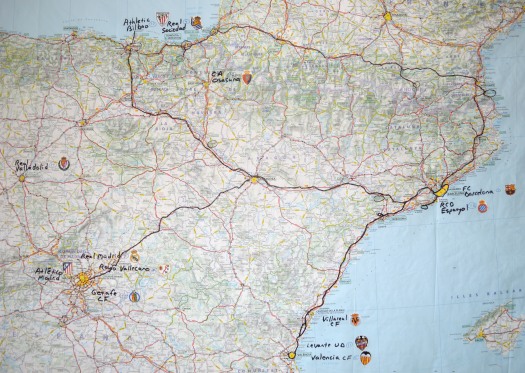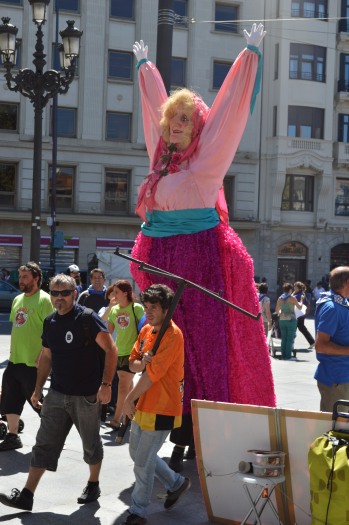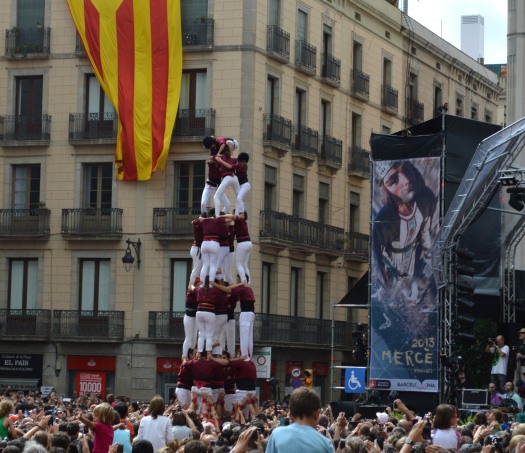Don’t Worry be Happy?
Oct 5th, 2013 by willmarks
I thought that I knew what to expect in Spain, but the relaxed atmosphere is something else. There is no hurry, period. The attitude is hakuna matata (“no worries” in Swahili, Lion King). Spain identifies with the “work to live” rather than the “live to work” existence. This may be why the economy has been in the tank.
My first sign that the lifestyle was different was when we arrived in Barcelona in late August and rented a car for our road trip across the country. When I parked on the street near our apartment and attempted to pay, I found that the meter’s everyday digital reading had changed to (translated) “not operational during vacation period.” Everyone truly takes a break during late August, if not late September. In fact, summer hours for banks continue through September.
Everyone knows about the long lunches, which never begin until 1:30 or 2:00. Two hours is probably an average duration and the check never ever comes until you ask for it. A glass or two of wine or beer, and sometimes a digestif, followed by coffee, are more the norm at the midday meal than not. My Spanish instructor was amazed when I told him I usually eat lunch at my desk; and “no siesta?” he inquired. The 1:00-4:00 lunch followed by siesta is still considered the typical afternoon in Spain, but it is not followed by all. And many stores do remain open.
Coffee is never taken to go. If you go out for a coffee, you drink it at the café. There are plenty of Starbucks here and they may indeed offer to go cups, which would be unique here; still, I have not seen them on the street, and I don’t plan to visit Starbucks.
It is not considered polite to eat or drink on the street, but of course cigarettes are fine.
Traffic lights are long. You seem to wait and wait, but no one complains. People are not in a rush here.
I have noticed a nominal amount of jaywalking. Once again, no one is in a hurry.
One afternoon, while walking home from school, I did an informal visual survey of cell phone use. I counted 50 people walking on the street in the 20-50 year old range and less than 20% were holding their cell phones, whether speaking, texting, or just holding. I imagine the number is much higher in the states. Sure, as in the U.S., the teenagers sit around in groups with their phones in constant use, but the adult population may not need to be connected at every moment during the trip to and from work, home, shopping, etc. Note: if you include people holding cigarettes as well as phones, the number rises to well above 50%.
Is this all about living for the moment? By enjoying the long lunch, the slower walk, the dangerous cigarette, the email that can wait, the reduced work hours (and perhaps related income), is there more happiness right now? And is there less happiness later?




